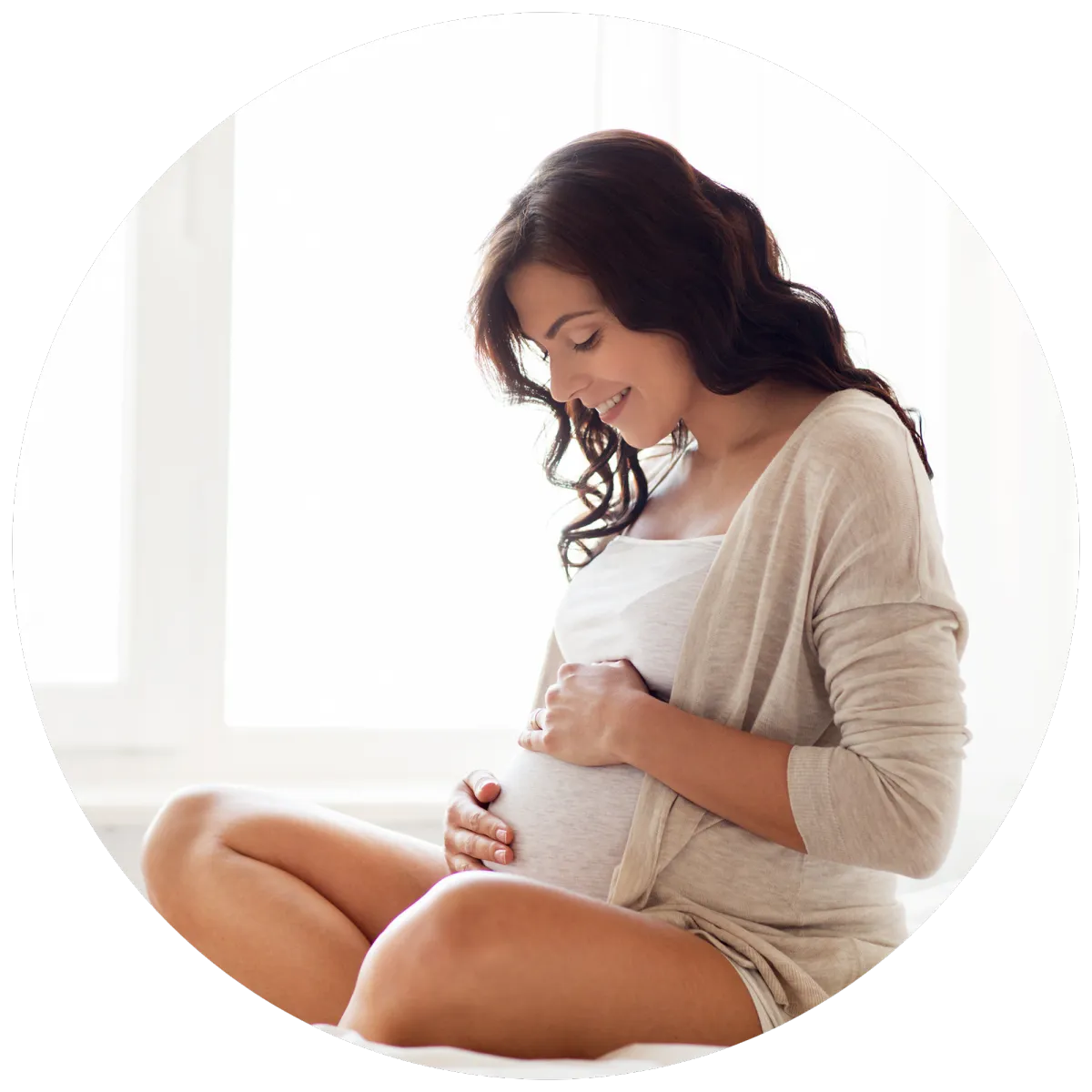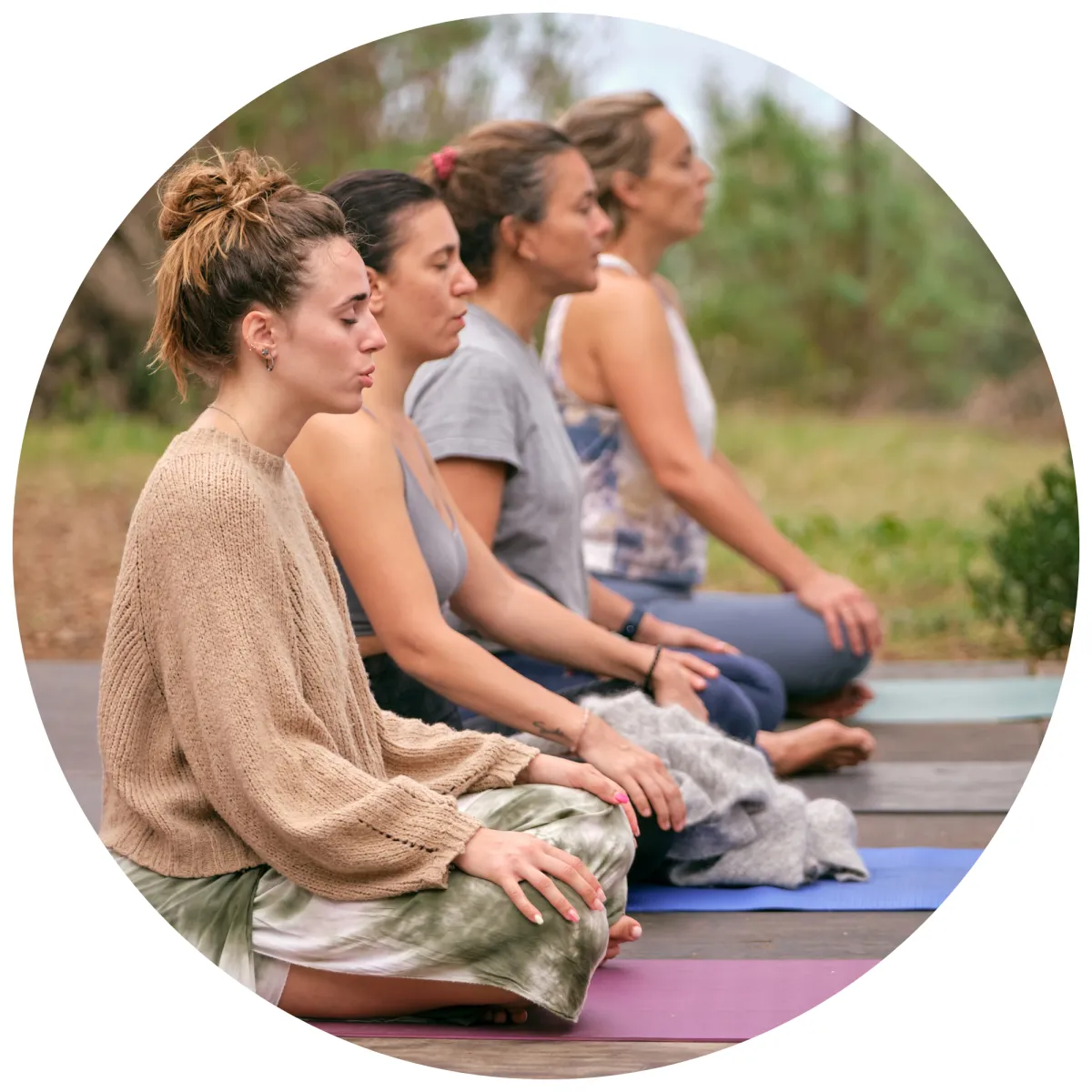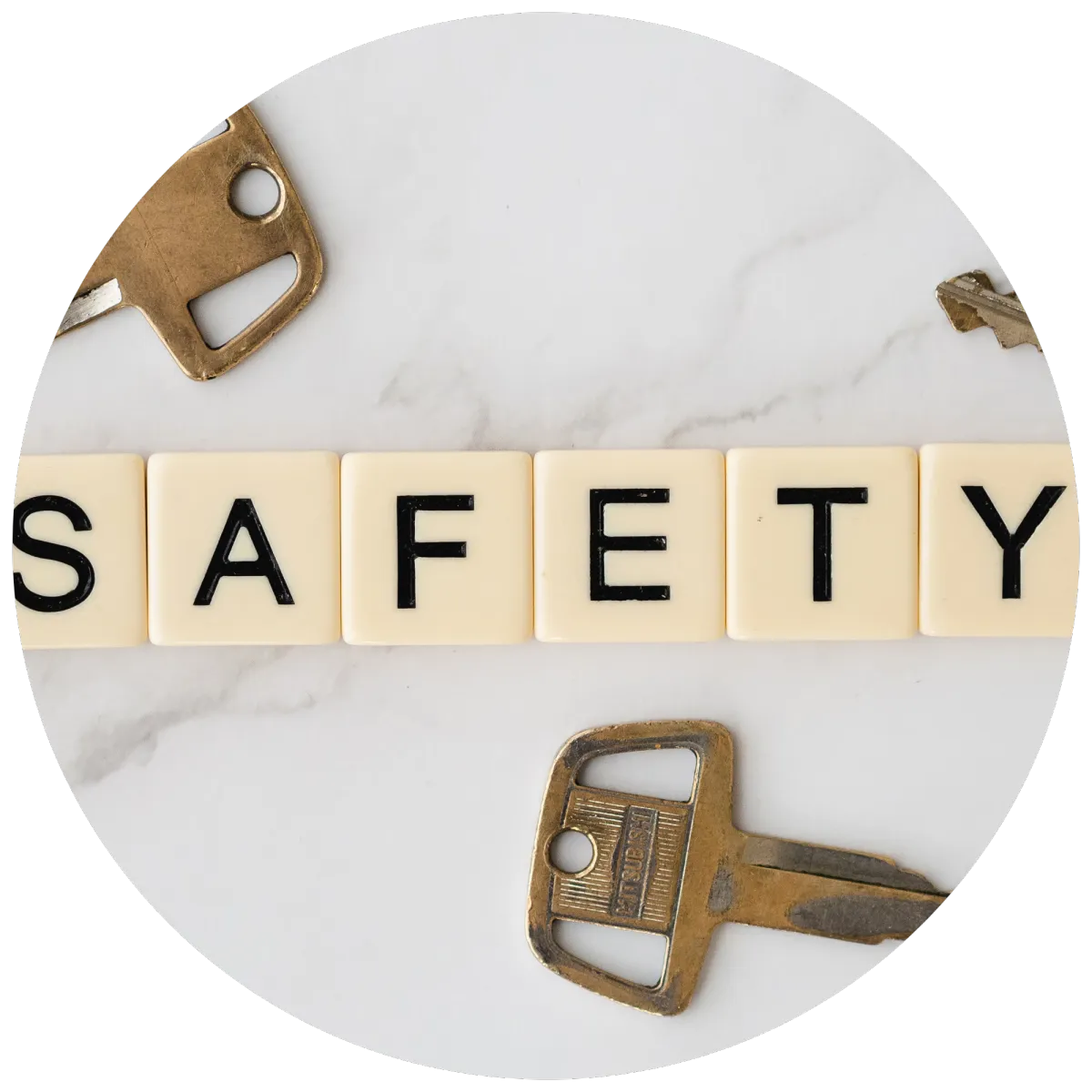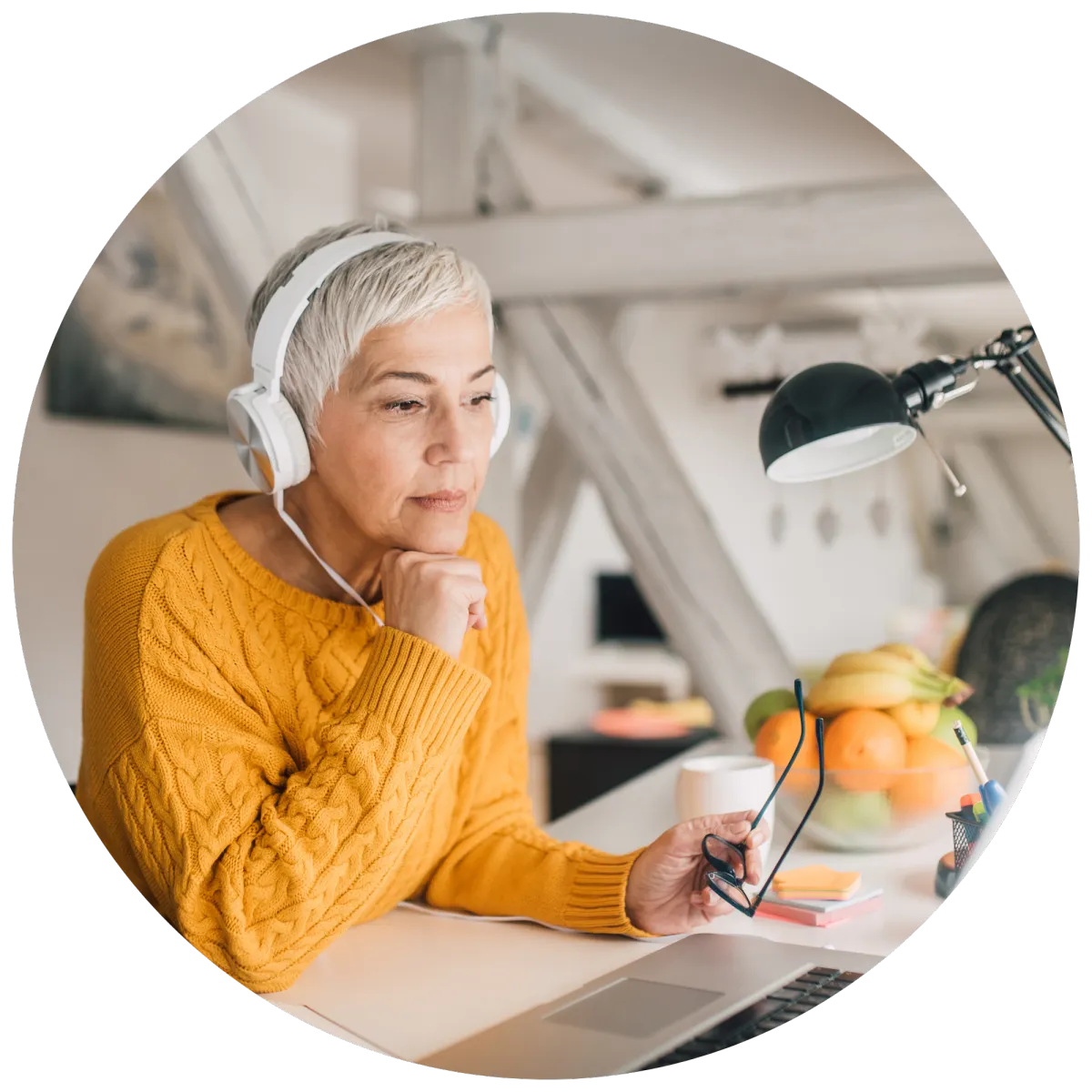Fertility, Pregnancy & Post Natal Support
Welcome to the
Women’s Wellness Hub

Women's Reproductive Cycle and Fertility
Periods
Pregnancy
Fertility issues
Fertility support
Peri/Post natal support
Hysterectomy, Uterus Checks
All about Periods
What is a 'Period' and what is a menstrual cycle?
A period is when you bleed from your uterus in your vagina each month. Periods are a very natural part of a female menstrual cycles. The average length of a period is three to seven days.
A period happens because of changes in hormones in the body. Hormones are chemical messengers. The ovaries release the female hormones, estrogenand progesterone which cause the lining of the uterus (or womb) to build up. The built-up lining is ready for a fertilized egg (an egg that has joined with a sperm) to attach to and develop into a baby. If there is no fertilized egg, the lining breaks down and bleeds. Then the same process happens all over again. It usually takes about a month for the lining to build up, then break down. That is why most females get their periods around once a month.
A menstrual cycle refers to the first day of your period to the day before your next period starts. The cycle can be different for women but the average length of a menstrual cycle is 28 days.
:max_bytes(150000):strip_icc()/GettyImages-503117005-579a41623df78c32762d03a1.jpg)
What age do you get your periods?
Most girls get their first period when they're around 12. but can occur be earlier and for some signficantly later.
Every girl's body has its own schedule.There isn't one right age for a girl to get her period.
Usually there are some signs in your body before the periods start including
-breasts starting to develop (periods usually start about 2 years after this)
-hair growing under a girl's arms and in her private parts
-seeing or feeling vaginal discharge fluid (sort of like mucus), which usually begins about 6 months to a year before a girl gets her first period

How much blood do you lose during your period?
It may look like a lot of blood, but a girl usually only loses a few tablespoons of blood during the whole period. Most girls need to change their pad, tampon, or menstrual cup about 3‒6 times a day.
About one in four women have heavy periods (more significant blood loss throughout your period).
Your periods may be considered heavy if:
-you need to change your period product every two hours or less because they are too heavy with blood
-you need to change your period product you are using overnight
- you have blood clots in your blood loss which you notice are bigger than a 50 cent coin
- your periods last eight or more days
- your periods blood flow stops you from doing activities you could normally do.

What are the symptoms?
Lorem ipsum dolor sit amet, consectetur adipisicing elit. Autem dolore, alias, numquam enim ab voluptate id quam harum ducimus cupiditate similique quisquam et deserunt, recusandae.

How often do you get your periods?
For the first few years after a girl starts her period, it might not come regularly. This is normal at first. By about 2–3 years after her first period, a girl's periods should be coming around once every 4–5 weeks.

What are the treatments for the symptoms?
Lorem ipsum dolor sit amet, consectetur adipisicing elit. Autem dolore, alias, numquam enim ab voluptate id quam harum ducimus cupiditate similique quisquam et deserunt, recusandae.

What help can I get if I need help with my symptoms?
Lorem ipsum dolor sit amet, consectetur adipisicing elit. Autem dolore, alias, numquam enim ab voluptate id quam harum ducimus cupiditate similique quisquam et deserunt, recusandae.

What products are on the market for periods
You have many choices about how to deal with period blood. You may need to experiment a bit to find which works best for you. Some girls use only one method and others switch between different methods. Most girls use pads when they first get their period. Pads are made of cotton and come in lots of different sizes and shapes. They have sticky strips that attach to the underwear.'
Many girls find tampons more convenient than pads, especially when playing sports or swimming. A tampon is a cotton plug that you put into your vagina. Most tampons come with an applicator that guides the tampon into place. The tampon absorbs the blood. Don't leave a tampon in for more than 8 hours because this can increase your risk of a serious infection called toxic shock syndrome. Some girls prefer a menstrual cup. Most are made of silicone. To use a menstrual cup, a girl inserts it into her vagina. It holds the blood until she empties it.

When could I get pregnant?
A girl can get pregnant as soon as her period starts. There is potential for a girl to get pregnant right before her very first period because her hormones might already be active. The hormones may have led to ovulation and the building of the uterine wall already.

What is PMS?
Lorem ipsum dolor sit amet, consectetur adipisicing elit. Autem dolore, alias, numquam enim ab voluptate id quam harum ducimus cupiditate similique quisquam et deserunt, recusandae.

What is PMD?
Lorem ipsum dolor sit amet, consectetur adipisicing elit. Autem dolore, alias, numquam enim ab voluptate id quam harum ducimus cupiditate similique quisquam et deserunt, recusandae.

.
C
Women's Wellness Hub Directory
Thank you to our wonderful sponsors and ambassadors

Could your previous spending be added back in the asset split?
Dividing assets – could your historical or current spend be added back?
When couples separate, dividing assets can be complex, especially when one party has used, disposed of, or hidden assets before a settlement being reached.
The legal concept of "add-backs" allows courts to account for those assets by "adding back" funds into the asset pool. The recent case of Boulton & Boulton and amendments to the Family Law Act, commencing June 2025, highlight the need to be aware of the changes for anyone currently involved in property settlements.
The current three main categories of add-backs are:
Where there has been a premature distribution of assets, and property that has been disposed of or used for the benefit of one party.
Property not disclosed or accounted for, including conduct designed to intentionally, recklessly, or negligently reduce the value of an asset; and
Money spent on legal fees.
In the recent case of Boulton & Boulton, the complexities of add-backs were highlighted. It showed that the parties may need to present evidence of spend, including historical spend, when seeking to add money back into the asset pool, or when opposing an add-back. The judge in that case noted that extensive use of add-backs can significantly affect the distribution of property and that the Family Law Act allows the court to take into account any fact or circumstance to ensure justice prevails.
Boulton Case facts
Over $3 million of add-backs proposed by the wife were disputed by the husband. The court eventually added back $1,256,400 to the asset pool, which included the following transactions:
$60,200 paid by the husband to his brother's company for what the court deemed to be an illegitimate invoice;
$596,000 from the sale of a property in 2017; and
$600,000 withdrawn by the husband from a joint account.
The judge in Boulton accepted some of the wife's proposed add-backs, including a significant add-back of $600,000, which the wife claimed the husband had withdrawn from a joint account in 2010, 11 years before they separated.
The husband claimed it was unfair and onerous for the Court to expect him to undertake a tracing exercise that far back. However, the Court held the husband did not provide a satisfactory explanation for the dissipation of $600,000, causing the judge to infer the husband had retained the benefit of the funds.
Legal Fee spend
We also note that in the case of Trevi & Trevi the court held that when legal fees are paid from property that would otherwise be included in the asset pool, those amounts are almost always added back.
June 2025 Amendments to the Family Law Act
The legislative amendments to the Family Law Act, coming into effect on 10 June 2025, may change the way the court addresses add-backs. Stay tuned and get advice on this more complex topic. Our panel of lawyers can assist you.
All information in this blog is of a general nature only and is not intended to be relied upon as, nor to be a substitute for, specific legal professional advice. No responsibility for the loss occasioned to any person acting on or refraining from action as a result of any material published can be accepted
This site is brought to you by Family Counselling Support Network
Book in directly with one of our professionals today

We are here to help

We are committed to protecting your personal information and respecting your privacy. This website uses cookies to analyze website traffic and optimise your website experience. By accepting our use of cookies, your data will be aggregated with all other user data.
DISCLAIMER: The material contained on this website is for general educational and information purposes only and is not a substitute for professional legal, financial, medical or psychological advice or care. While every care has been taken in the information provided, no legal responsibility or liability is accepted, warranted or implied by the authors or Family Counselling Support Network and any liability is hereby expressly disclaimed. For specific advice please contact us at [email protected]. All information contained on the website remains the intellectual property of Family Counselling Support Network and is for your personal educational use only. The information must not be reproduced or distributed without the express permission of Family Counselling Support Network.
Family Counselling Support Network acknowledges and respects the First Nations Custodians of the land where our offices stand, and where we work to help Australians. We pay respects to their Elders, past present and emerging, lore, customs and creation spirits. We recognise that these lands have always been places of ceremony, teaching, research and learning, and we acknowledge the important role Aboriginal and Torres Strait Islander peoples play in our community.
We are committed to providing an inclusive and accessible environment where people and communities of all identities and backgrounds are accepted, safe and celebrated.
Privacy Policy | Terms and Conditions



















